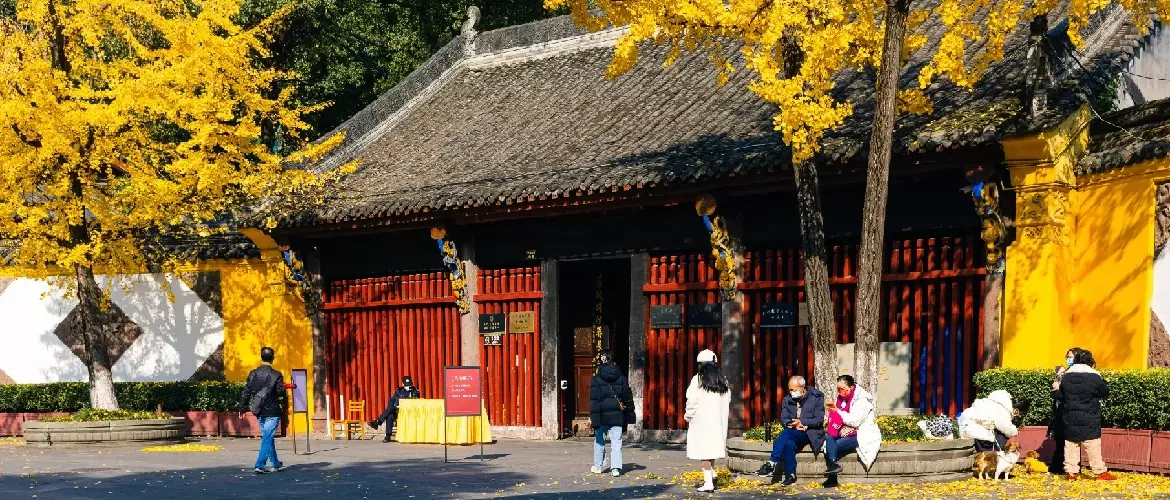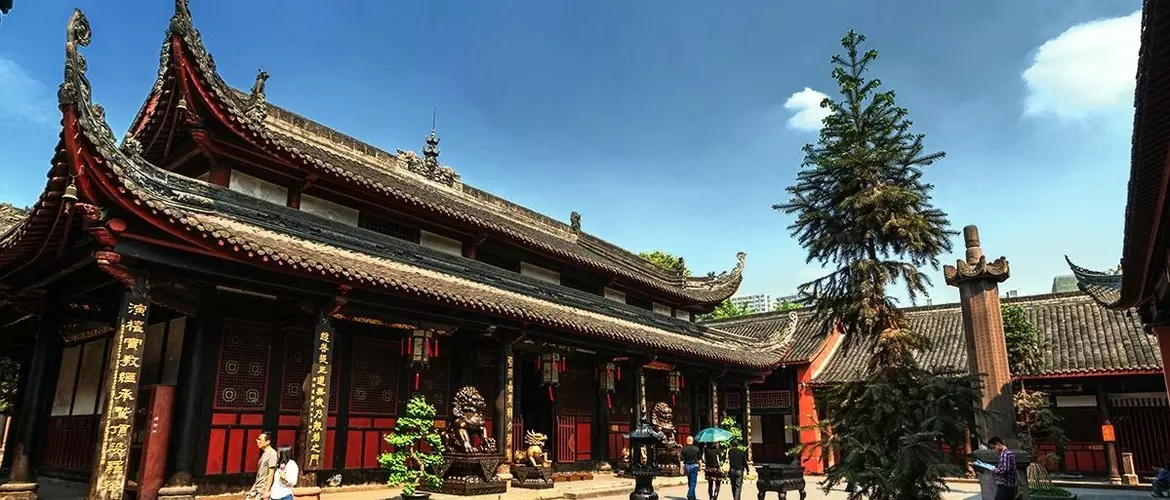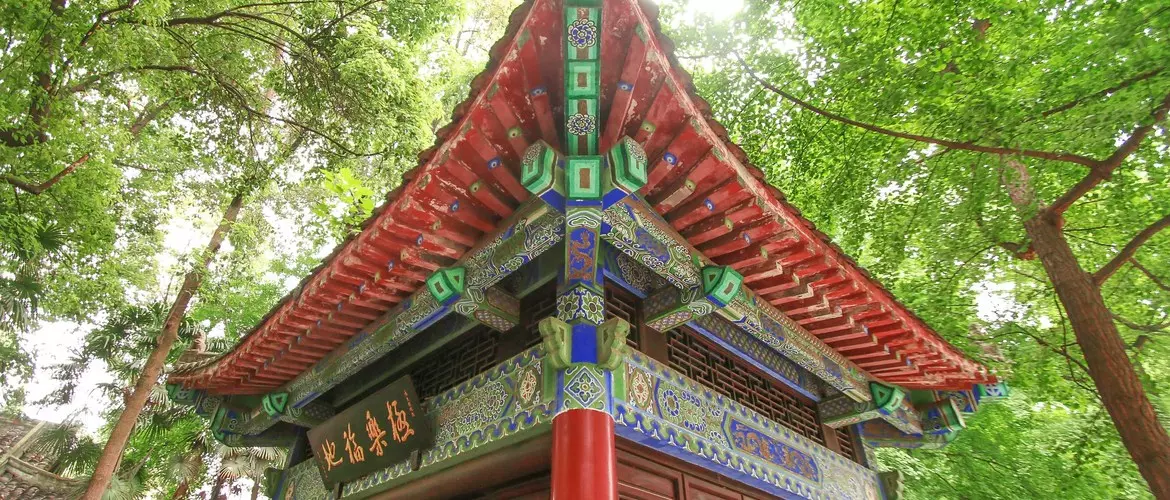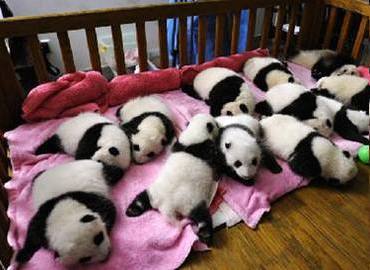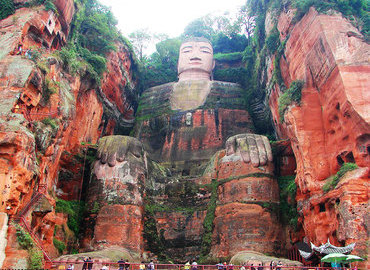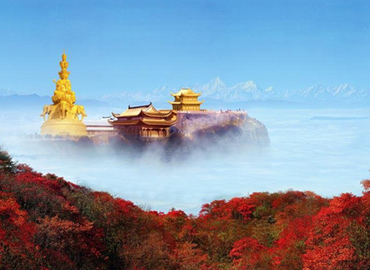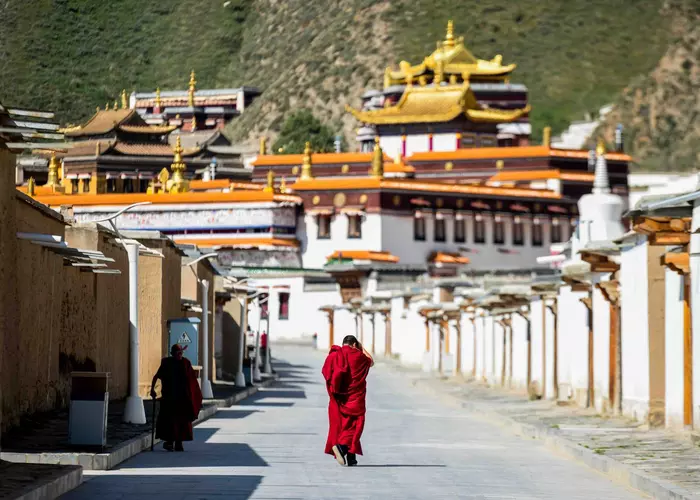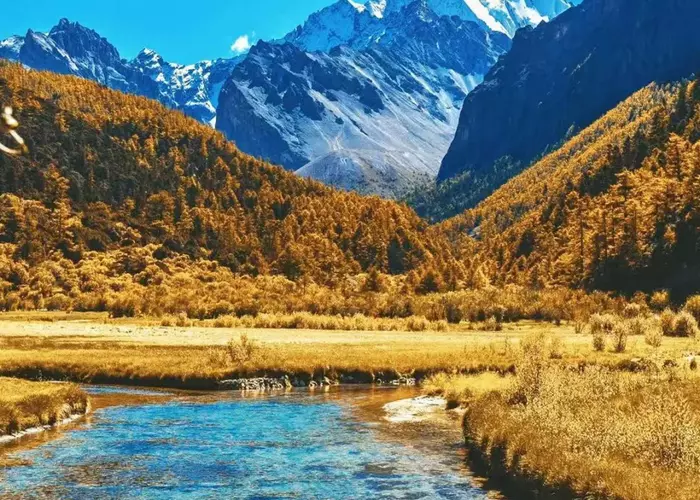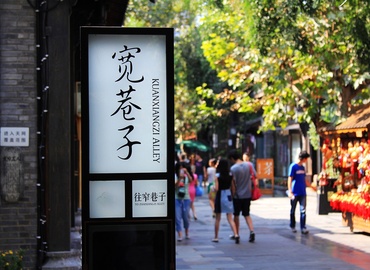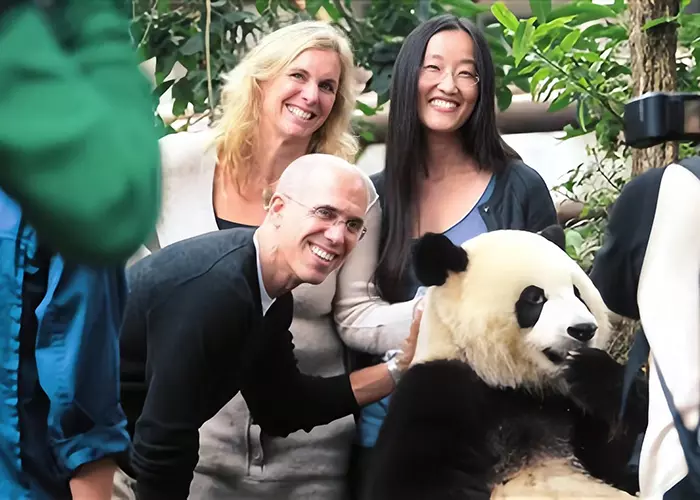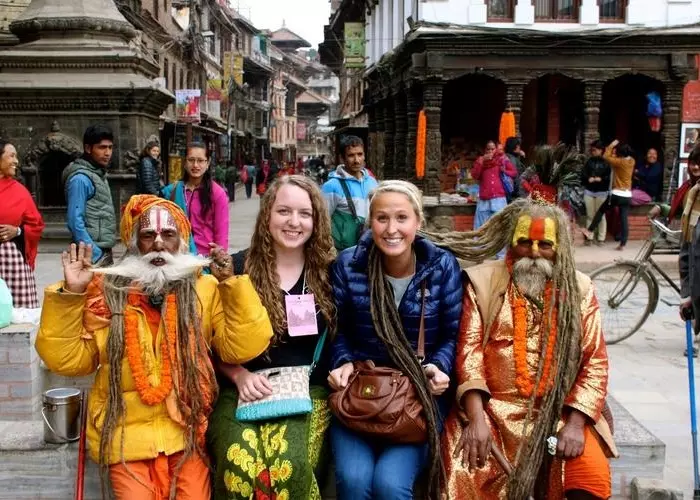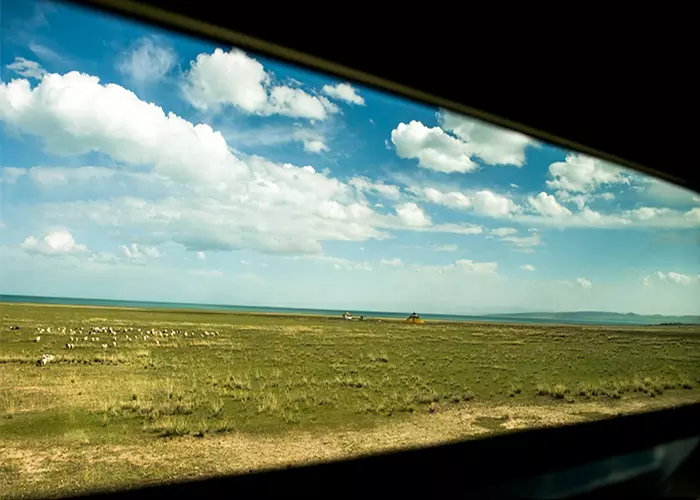Located at No. 66 Wenshu Yuan Street, Chengdu, Sichuan Province, Wenshu Monastery was built in the Sui Dynasty and is a famous Buddhist monastery. There are many precious cultural relics and tens of thousands of Buddhist scriptures and documents in the Monastery. Wenshu Monastery is also the home of provincial and municipal Buddhist associations. Besides, it is also one of the four Chinese Zen Buddhism in China.
Manjushri is the Chinese word for the future of the Maitreya Buddha and they feel a constant glow during the construction of the original temple. Here you can find a cup of green tea and the best vegetarian meal in the city. A tourist / cultural area is emerging around the monastery, so finding food, souvenirs and other cultural ornaments should not be a problem.
Wenshu Monastery covers an area of 13.5 acres, with more than 190 halls and rooms, north to south, with its beautiful gardens, solemn artifacts and cultural relics, attracting a large number of tourists at home and abroad. As an official provincial protection site, Wenshu Monastery is an enclosed four-way courtyard with ancient architectural styles centered around the Qing Dynasty (1644-1911), such as the Temple of Heaven, the Mahavira Hall, the Three Halls, the Evangelical Church, Temple, etc., as well as Buddha Recitation Hall, vegetarian rooms, guest rooms and a complete set of temples, the Drum Tower and Bell Tower stand to face each other.
Wenshu Monastery's Highlights
Cultural Relics
Cultural relics are the highlight of Wenshu Monastery. Since the Tang and Song dynasties, more than 500 famous paintings and calligraphy have been deposited here. In the Preservation Museum, many well-known manuscript exhibits, paintings and works of art were restored. These precious works of art were created by famous Chinese calligraphers Zhang Daqian, Zheng Banqiao, and Feng Zikai. Of all the precious relics, the broken skull of a famous monk in the Tang Dynasty was the rarest. Another treasure is an elaborate jade Buddha statue from 1922 from Burmese. In addition, the monastery also contains about 300 statues, including iron, copper, stone, wood, jade and other materials, as well as some precious paintings.
Vegetarian Restaurant
After visiting the monastery, be sure to dine in the vegetarian restaurant next to the tea house. Do not worry about the word "pork" and "beef" in the bilingual menu, they use fake meat substitutes. Also, do not be intimidated by spicy notes on the menu. Compared with hot pot, they are not spicy.
Teahouse
The monastery's tea house is very famous. It's an ideal place to enjoy Chinese tea art and tea culture while enjoying the performances of folk artisans in a beautiful environment.
In essence, Wenshu Monastery is not a tourist attraction, but a real Buddhist shrine. It's free of charge. Here incense is provided by the monastery and visitors can participate in free Buddhist activities. Perhaps it is the true meaning of Wenshu Monastery that does not take but gives.
The long history of Wenshuyuan makes it worthwhile in Chengdu. For many tourists interested in Chinese traditional culture, this is a must-see attraction that should be written on your travel list.
Chengdu-Lhasa-Shigatse-EBC-Gyirong-Kathmandu
This epic journey starts from Chengdu, through the lofty Tibetan Plateau, across magnificent Himalayans to exotic Nepal.
Chengdu-Lhasa-Shigatse-EBC-Gyirong-Kathmandu
See lovely pandas then get to Kathmandu from Lhasa by land. Explore spectacular scenery, Buddhism and mysterious charm.
Chengdu-Leshan-Emei-Chengdu-Lhasa-Shigatse-Lhasa
Discover the highlights of Chengdu, Leshan and Emei. Take a Tibet train and have a cultural tour from Lhasa to Shigatse.
Email response within 0.5~24 hours.


